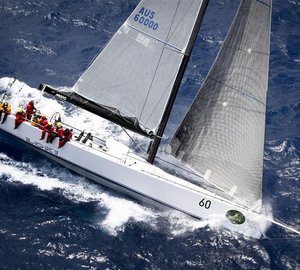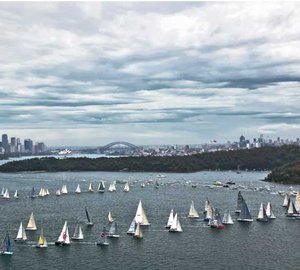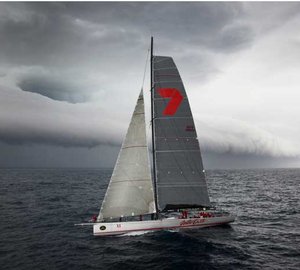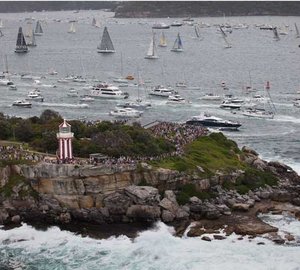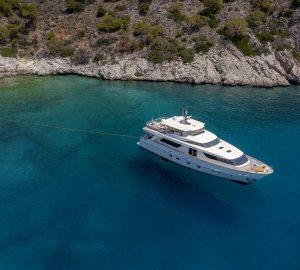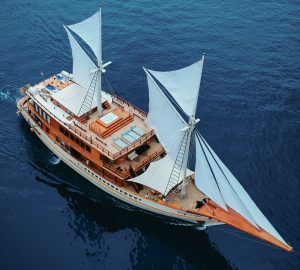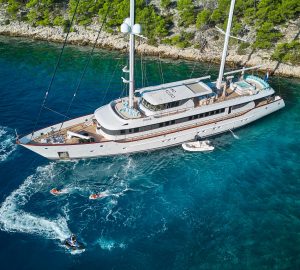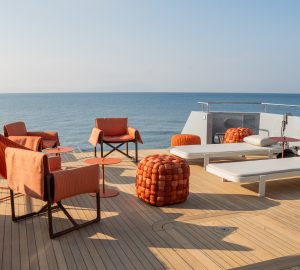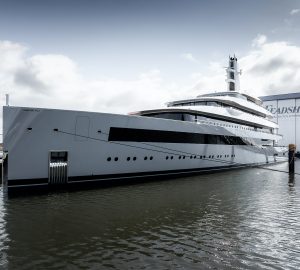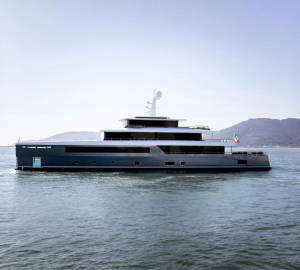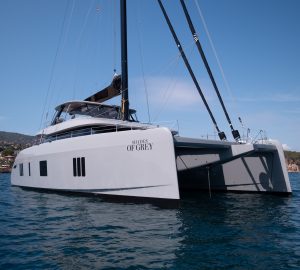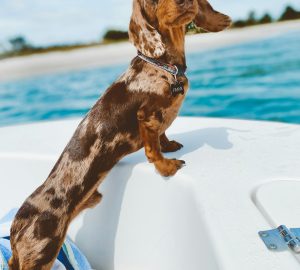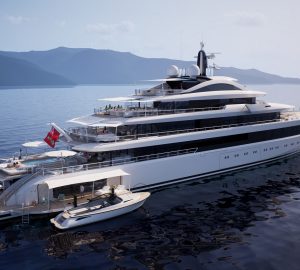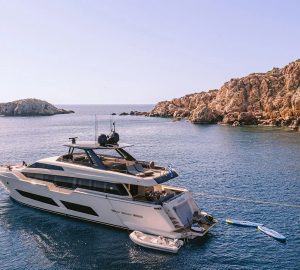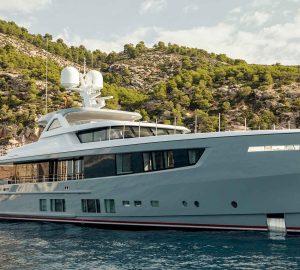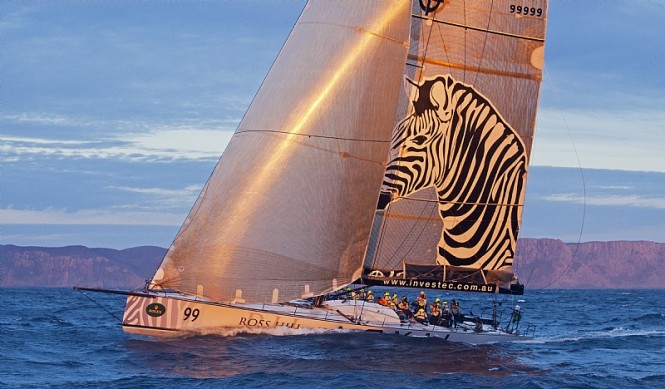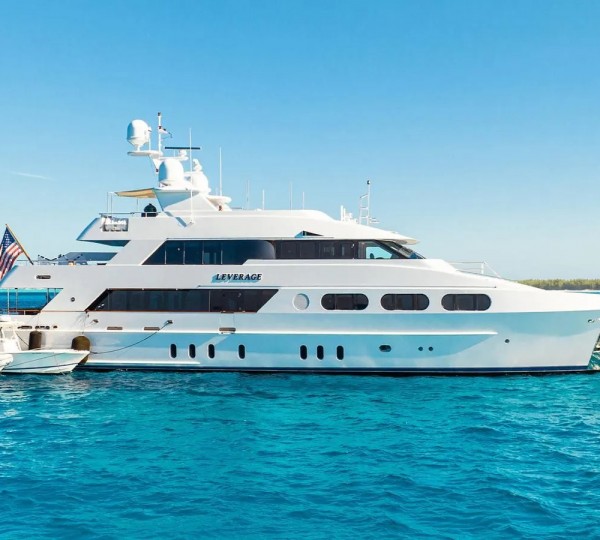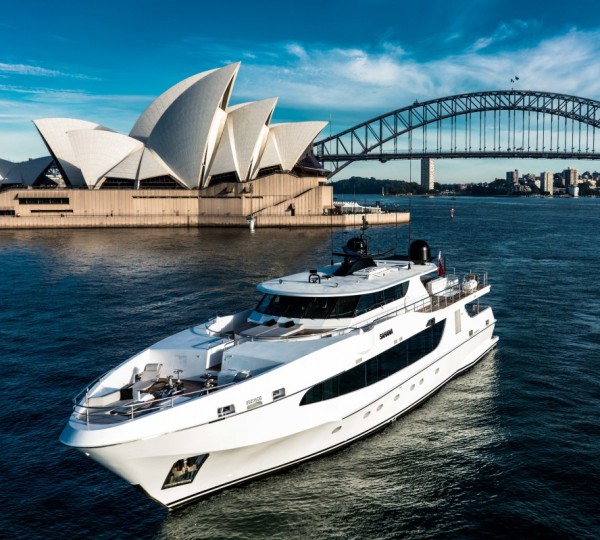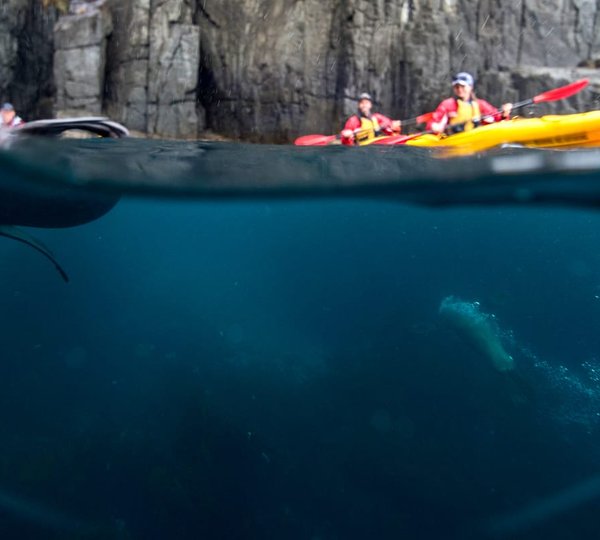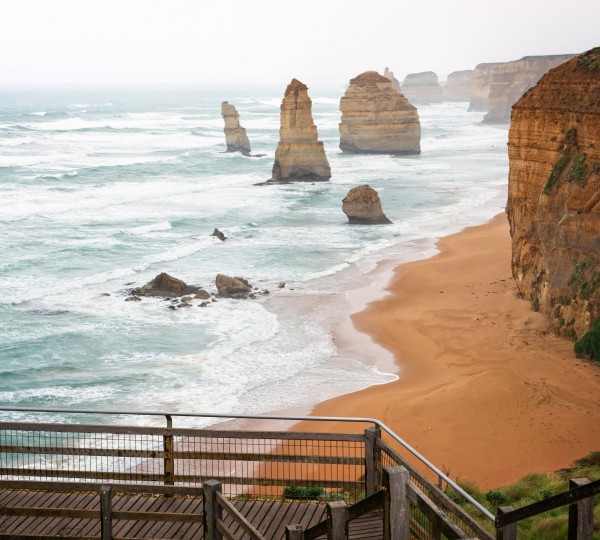67th Rolex Sydney Hobart Yacht Race starts today welcoming 88 international crews competing in this unique event. Weather conditions are not set to be optimistic, but the first forecasts do not seem to result in any extreme weather.
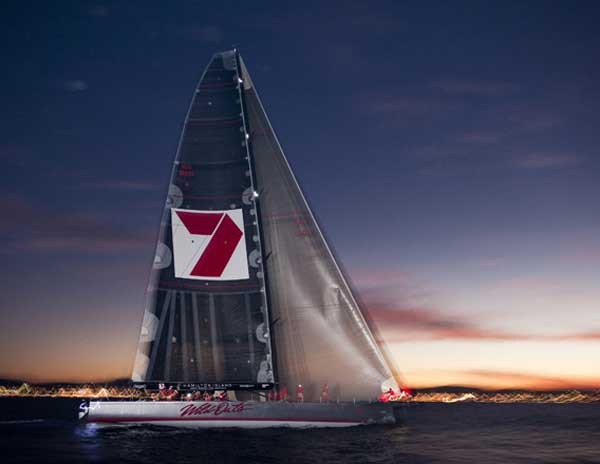
Sailing yacht Wild Oats XI approaching the finish line at the Audi Sydney Gold Coast Yacht Race - Photo Credit: Andrea Francolini
According to Rob Webb, Regional Director of the Australian Government Bureau of Meteorology, Monday’s start from Sydney Harbour, at 1300 local time, will be accompanied by 15-20 knot northerlies, providing an initial blast south for the crews. But this will be shortlived. Later that afternoon, southerly/SSWerly headwinds are expected to fill in on the north side of Bass Strait and up the New South Wales coast. Two days in and the weather on the south side of Bass Strait and down the east coast of Tasman turns into a lottery, with light patchy wind dominating the course until an area of high pressure moves in from the west later in the week.
Clear favourite for line honours is of course Bob Oatley’s 100ft supermaxi sailing yacht Wild Oats XI, first to Hobart in five of the last six races and winner of the ‘triple’ (line and handicap honours, plus the course record) in 2005. Anticipating stiff competition this year from American George David’s Rambler 100 (until her keel snapped off in the Rolex Fastnet Race this August), so Wild Oats XI yacht has over the last 18 months been significantly turboed, with twin daggerboards replacing her forward ‘canard’, a new keel, the canting angle of her keel increased and her mainsail and spinnakers enlarged, etc. But given the latest forecast, even with her increased horsepower, tactician Iain Murray says Wild Oats XI is still only going to get down to Hobart in two days four to five hours, some way outside of her one day 18 hour and 40 minute record.
“We will barrel out of Sydney, probably look for some leverage in the east so that we get some runway to land us back on the coast as the breeze starts to turn to the southwest,” says Murray. “Then we’ll go straight across Bass Straight and after that it is pretty sketchy how it is going to be off the east Tasmanian coast. It is always difficult there. You end up with patches of no wind and the breeze goes over the top of Tasmania.”
Sailing with the celebrity crew, including Australian rugby union internationals Phil Kearns and Phil Waugh, on Anthony Bell’s maxi sailing yacht Investec Loyal, American navigator Stan Honey does not see much opportunity for their 100 footer until the latter half of the race. “If it was really windy or really light it would be less of a difference. The last half is all up in the air and that could be good for us, but the dice will have to roll in our favour a few times.”
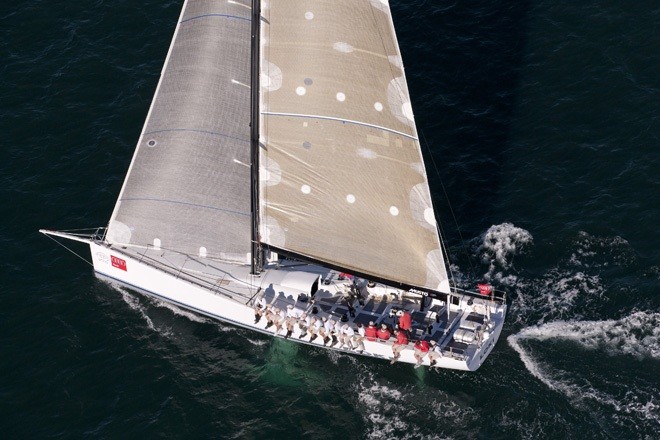
2010 winner of the Audi Sydney Gold Coast Yacht Race, sailing yacht Loki finished second overall in 2011 – Photo Credit Andrea Francolini – Audi ©
The general consensus is that if the varying forecast is likely to favour one size range this year, then it would be the mid-fleet, the 40-60 footers.
At the top end of this band falls Stephen Ainsworth’s three year old Reichel Pugh 63 Loki yacht, one of Australia’s most successful race boats. Most recently Loki was winner of the 2010-11 Bluewater Pointscore Championship, the result of a spectacular season in which she regularly podiumed, and won line honours and her class in the Audi Sydney Offshore Newcastle Yacht Race.
Slightly down the size range are the eight 52 footers, including five former TP52s. One of the most successful of these is Ragamuffin yacht, the Farr-designed former Pegasus/Morning Light, owned by one of the Australia’s most eminent yachtsmen Syd Fischer. Aged 84, Fischer this year sets off on his 43rd Rolex Sydney Hobart.
Having won the race in 1992, Fischer says the accuracy of the weather forecasts for the race are better these days than they used to be, but does not seem overly bullish in this year’s predictions favouring boats in Ragamuffin’s size range. “I will confirm that when I see it. I don’t trust the forecast and the weather is very volatile at the moment.”
Despite having a slightly shorter boat, Chris Bull, the British owner and skipper of Jazz, says that his Cookson 50 invariably beats the TP52s offshore on handicap, but even he is not confident of their prospects with the present weather forecast.
“We’d like it to be breezy upwind and breezy downwind. But we definitely need some breezy upwind. A couple of days ago it was looking good. Unfortunately the forecast seems to be backing off a bit in terms of the wind strength. It is not looking too bad for us, but not as good as last year when there were pretty gnarly conditions which suited us.”
Having this year competed in the Atlantic Ocean Racing Series, comprising races in the Caribbean, US east coast, a transatlantic race and then the Rolex Fastnet Race, Bull still believes the Rolex Sydney Hobart is the toughest of the ‘classic 600 milers’: “Conditions are generically tougher – you are in the Southern Ocean, generally you experience stronger winds and every year you get strong winds, which is not true of the others. The water is colder than it is for any of the other 600 mile races. In fact I would say no race of less than 2,000 miles is as tough as this one. I have done Round Britain and Ireland which is 1,760 miles – that’s not as tough as this race.”
At the bottom end of the favoured mid-fleet is a new boat in the hands the handicap winners of the 1998 race. The new AFR Midnight Rambler yacht, owned by Ed Psaltis, Bob Thomas and Michael Bencsik, is a Ker 40 production race boat from British designer Jason Ker. The boat, with its massive flare aft, is unusual for being fast both upwind and downwind while also rating well under IRC.
“It is quite unique to have a boat that is strong on all points of sails,” says Psaltis. “We are very pleased with it so far. It is quite radical. It is going to be a brutal race for us and quite wet, but if you are going fast the discomfort is quite tolerable.” However he admits they are on a steep learning curve with the boat having only taken ownership in September.
As to the forecast, Psaltis says they were hoping to get more downwind sailing at the outset, but says they should also be strong when the wind backs into the south. “The first day and a half looks good for us. The Tasman coast is still a lottery. The report today was the different to the report we saw yesterday and it will change again tomorrow.”
A dark horse could be the all-French crew aboard Jacques Pelletier’s X-43 L’Ange de Milon. Among her crew of Pelletier’s family and friends are three sailors who normally compete in the singlehanded Figaro class, among them Nicolas Lunven, 2009 winner of the class’ premier event, La Solitaire du Figaro. While L’Ange de Milon competed in the Rolex Sydney Hobart last year, this is Lunven’s first time and he says he is looking forward to it. However he adds they may not see their ideal weather: “She likes lots of wind and upwind, which is good for the boat, but not very good for the crew!”
Unusually, the bottom end of the fleet is likely to get considerable attention locally as the Sydney 38 class includes Ella Bache. This is skippered by 18 year old, Jessica Watson, who famously sailed around the world singlehanded when she was just 16, becoming a media sensation in Australia in the process. Watson’s youth crew also includes Britain’s Michael Perham, 19, who sailed singlehanded around the world when he was 17.
“I have never sailed in the Rolex Sydney Hobart race, but as a navigator I’ve been studying it a lot recently, looking at the weather patterns and the current around here which are big factors for us small boats,” said Perham, who is down in Australia, after Watson competed with him in the UK this year in the Round the Island Race.
The Rolex Sydney Hobart sets sail at 13:00 local time from within Sydney Harbour.

